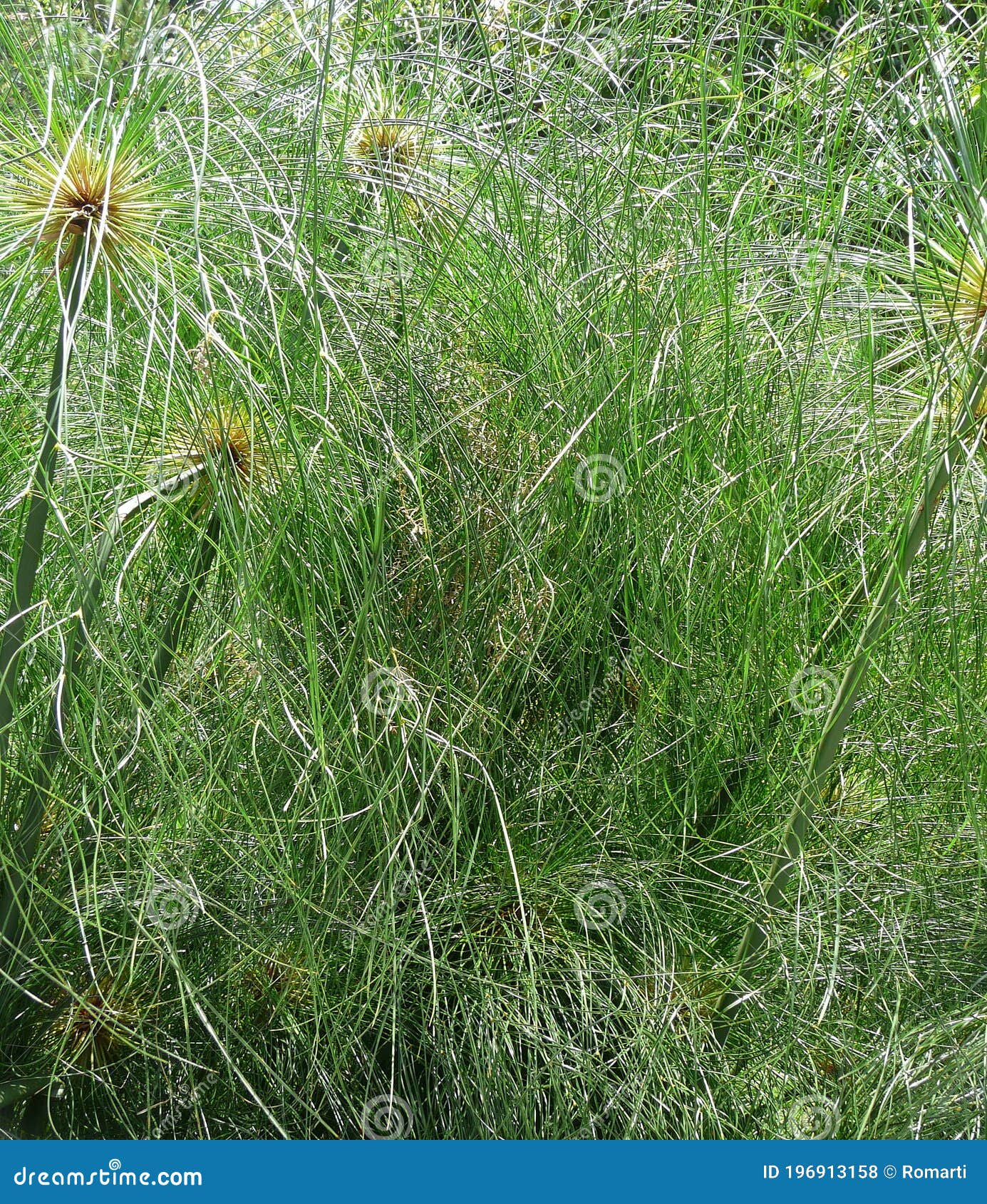
Sci Total Environ 773:145673ĭaims H, Wagner M (2018) Nitrospira. RSC Adv 6(75):70848–70854Ĭhi ZF, Zhu YH, Li H, Wu HT, Yan BX (2021) Unraveling bacterial community structure and function and their links with natural salinity gradient in the Yellow River Delta. Chemosphere 171:294–301Ĭheng C, Xie HJ, Yang E, Shen XX, Dai P, Zhang J (2016) Nutrient removal and microbial mechanisms in constructed wetland microcosms treating high nitrate/nitrite polluted river water. Ecol Eng 84:38–45Ĭhen C, Xu XJ, Xie P, Yuan Y, Zhou X, Wang AJ, Lee DJ, Ren NQ (2017) Pyrosequencing reveals microbial community dynamics in integrated simultaneous desulfurization and denitrification process at different influent nitrate concentrations. Sci Total Environ 698:134338Ĭhen Y, Wen Y, Tang ZR, Huang JG, Zhou Q, Vymazal J (2015) Effects of plant biomass on bacterial community structure in constructed wetlands used for tertiary wastewater treatment. The dominant genus of the SFCW system with Fe–C-CF was Bacillus, while Uliginosibacterium was the dominant genus in the system without the filler.Īldaya MM, Rodriguez CI, Fernandez-Poulussen A, Merchan D, Beriain MJ, Llamas R (2020) Grey water footprint as an indicator for diffuse nitrogen pollution: the case of Navarra, Spain. The results of microbial community analysis indicated that addition of Fe–C-CF increased the diversity and abundance of microbial communities in the SFCW systems.

Compared with the heterotrophic denitrification process, the SFCW system with Fe–C-CF decreased CO 2 emission by 67.9 g m −2 per year. The SFCW system with Fe–C-CF obtained a higher total nitrogen (TN), nitrate nitrogen (NO 3 −-N), and ammonia nitrogen (NH 3-N) removal efficiencies than the control SFCW system without Fe–C-CF. The optimum preparing conditions for Fe–C-CF were Fe/C ratio of 1:1, sintering temperature and time of 500 ☌ and 20 min, respectively. Meanwhile, the denitrification performance and CO 2 emission flux of the surface flow constructed wetland (SFCW) systems were investigated when using Fe–C-CF as the matrix. The physical and chemical properties of Fe–C-CF were studied under different conditions, including the mass ration of Fe to carbon (Fe/C ratio), sintering temperature, and time, to determine the optimum preparing conditions. Its litters were used as raw materials for preparing Fe–C ceramic-filler (Fe–C-CF). Reed is a typical emerged plant in constructed wetlands (CWs).


 0 kommentar(er)
0 kommentar(er)
